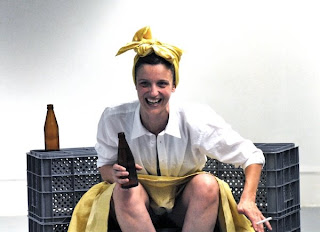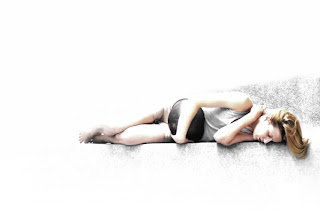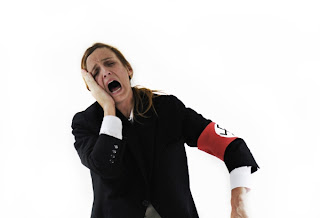


de Manfred Karge
De 11 de Setembro a 5 de Outubro
Lisboa: Teatro do Bairro Alto
terça a sábado às 21:30 e domingos às 16:30
Cenário Manuel Aires de Mateus
"A peça, que tem o título original Jacke Wie Hose, é um conto poético e politico que passando por trinta anos da História da Alemanha nos conta a vida de Ella. Beatriz Batarda será Ella, uma mulher que não consegue arranjar emprego, e casa com um homem mais velho e doente, simplesmente para poder ter um tecto e o que comer. Quando Ella descobre que a ciática de que este se queixa é na verdade um cancro, decide juntar toda a informação e detalhes necessários para poder fazer-se passar pelo marido e assim não perder o precioso emprego. Max Gericke morre mas é Ella Gericke quem é “enterrada”. São vinte e seis quadros, ou retratos, que percorrem tempos de pobreza, guerra e reconstrução, e revelam a história de uma mulher que para viver teve de mentir, traficar, matar, diluindo-se na perda da sua identidade."
para mais informações:
http://www.teatro-cornucopia.pt/htmls/home.shtml
para quem ainda não sabe que um monólogo não tem que ser necessáriamente monótono e para os que já gostam, recomendo para este fim de semana este espectáculo a não perder.
E já agora aproveitem para passear a pé até à Rua de São Bento. "41 estabelecimentos de comércio tradicional abrem portas à grande festa da Rua de São Bento, em três dias de festa, música, arte e muita animação até às 24h00, na 8º edição das Noites de São Bento, dedicada ao tema Lisboa e o Tejo."
diana





















